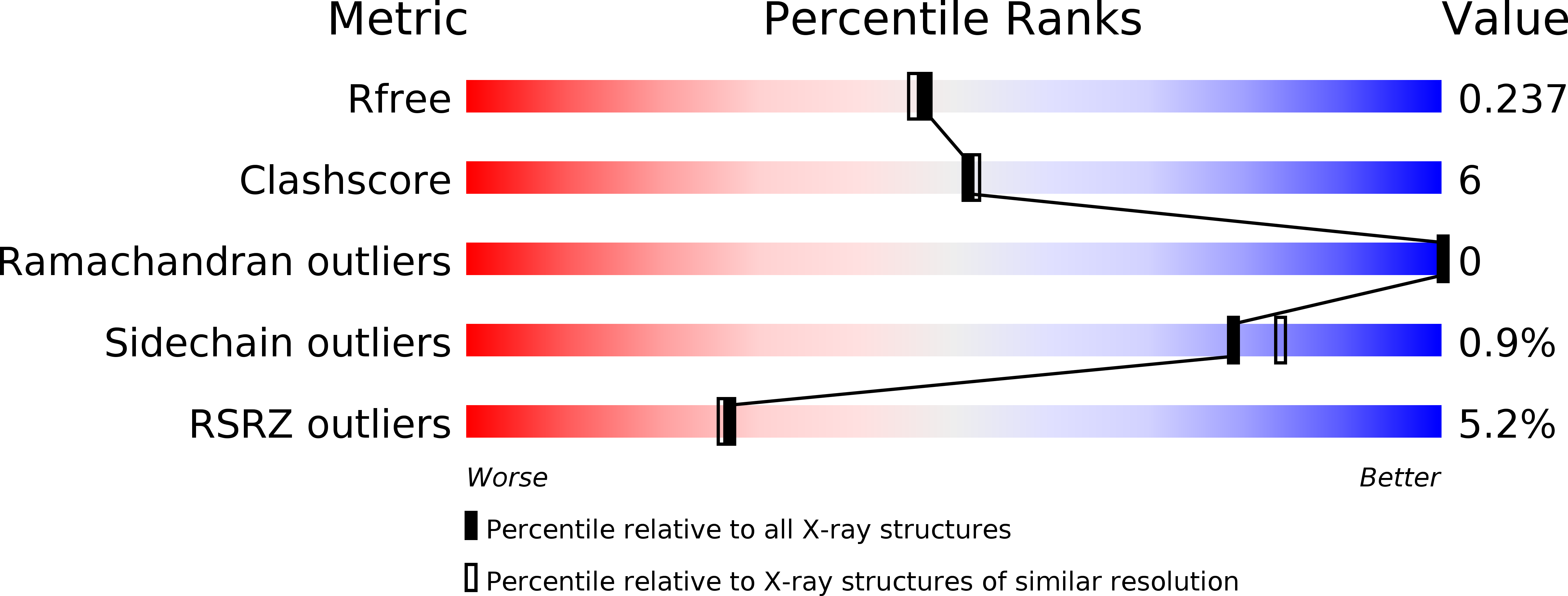
Deposition Date
2011-01-11
Release Date
2011-11-23
Last Version Date
2023-12-20
Entry Detail
PDB ID:
2Y4Z
Keywords:
Title:
Structure of the amino-terminal capsid restriction escape mutation N- MLV L10W
Biological Source:
Source Organism:
MURINE LEUKEMIA VIRUS (Taxon ID: 11786)
Host Organism:
Method Details:
Experimental Method:
Resolution:
2.00 Å
R-Value Free:
0.24
R-Value Work:
0.17
R-Value Observed:
0.17
Space Group:
C 1 2 1


